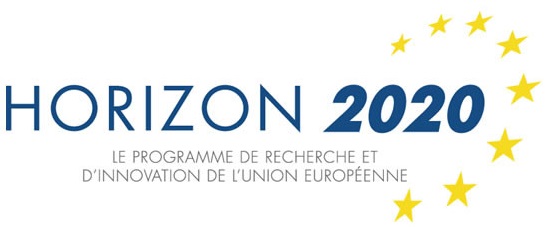PhotonicSys
PhotonicSys with its unique patented technology (based on two patents US10048200B2 and US20180202928A1) specializes in the development of proprietary miniature optics and photonics-based instruments and systems for the rapid detection of small (molecules, viruses) and large (bacteria, cells) entities in solutions and in gas forms. Our devices can be standalone or integrated into other systems such as optical microscopes, fluorescence and Raman systems. Being miniature these devices can be positioned under a microscope or a spectrometer to probe both concentration, refractive index, fluorescence, Raman, surface shape or other spectroscopic signals. The specially developed plasmonic substrates allow small and large bioentities to be detected. The miniature device can be easily integrated into other instruments so that several measurement modes can be combined with SPR measurement: miniature design, binding kinetics analysis, friendly GUI, and integration with other inspection equipment. Furthermore, PhotonicSys special self-referenced substrates allow detecting gases and liquids using the same substrate and without modifications to the system.
Since its establishment in 2014 the company received around 400k Euros funding from government and research funds. Last year the company won a grant of 100k Euro to develop a single pixel thermal camera within the EU Attract scheme. The company is also part of IPANEMA consortium, an EU funded Rise consortium on Integration of PAper-based Nucleic acid testing mEthods into Microfluidic devices for improved biosensing Applications. Number of current employess is 4, however the company relies on working with external contractors as well. In addition Photonicsys is collaborating with several researchers on the development of specific sensing protocols for variety of analytes on its plasmonic substrates
Publications related to CorDial-S
1. D. Harpaz, B. Koh, R. C.S. Seet, I. Abdulhalim, A. I.Y. Tok. (2020). Functionalized silicon dioxide self-referenced plasmonic chip as point-of-care biosensor for stroke biomarkers NT-proBNP and S100β, Talanta 212, 120792.
2. D. Harpaz, B. Koh, R. S. Marks, R. C. S. Seet, I. Abdulhalim, A. I. Y. Tok. (2019). Point-of-care surface plasmon resonance biosensor for stroke biomarkers NT-proBNP and S100β using a functionalized gold chip with specific antibody, Sensors 19, 2533.
3. S. Isaacs, E. Harté, I. D. Alves, I. Abdulhalim. (2019). Improved Detection of Plasmon Waveguide Resonance Using Diverging Beam, Liquid Crystal Retarder, and Application to Lipid Orientation Determination, Sensors 19, 1402(12p), (2019)
4. I. Watad, M. Abuleil, I. Abdulhalim. (2020). Spectro-ellipsometric surface plasmon resonance sensor using a liquid crystal achromatic waveplate, IEEE Photonics Technology Letters 32, 550-553.
5. I. Watad, I. Abdulhalim. (2019). Phase-shifted polarimetric surface plasmon resonance sensor using a liquid crystal retarder and a diverging beam, Optics Letters 44, 1607-1610.
6. A.M. Shrivastav, U.Cvelbar, I. Abdulhalim. (2021). A comprehensive review on plamsonic-based biosensors used in viral diagnostics, Commuication Biology, 4, 70
People involved in CorDial-S

- Hisham ABDULHALIM: CEO and Project Manager
- Marwan ABULEIL: Sensior Electroptic Engineer
- Yair BOCHLIN: Senior Applications Engineer
- Yitzhak YITZHAKY: Senior Scientist Consultant
- Ibrahim ABDULHALIM: Founder of PhotnicSys, Consultant and Professor at Ben Gurion University








